Rising Vehicle Production
The automotive belt market is experiencing a surge in demand due to the increasing production of vehicles worldwide. In recent years, the automotive sector has seen a consistent rise in manufacturing output, with estimates indicating that vehicle production could reach over 100 million units annually. This growth is driven by factors such as urbanization, rising disposable incomes, and a growing middle class in various regions. As more vehicles are produced, the need for automotive belts, which are essential components in engine systems, increases correspondingly. Consequently, this trend is likely to bolster the automotive belt market, as manufacturers strive to meet the rising demand for reliable and efficient automotive components.
Growth of Aftermarket Services
The automotive belt market is benefiting from the growth of aftermarket services, which encompass the maintenance and replacement of automotive components. As vehicles age, the demand for replacement belts increases, creating a lucrative market for aftermarket suppliers. This trend is particularly pronounced in regions with a high number of older vehicles still in operation. The aftermarket segment is projected to grow significantly, driven by factors such as increased vehicle longevity and consumer awareness regarding maintenance. Consequently, this growth in aftermarket services is likely to provide a substantial boost to the automotive belt market, as suppliers expand their offerings to meet the needs of vehicle owners.
Regulatory Standards and Compliance
The automotive belt market is also shaped by stringent regulatory standards and compliance requirements imposed by governments worldwide. These regulations often focus on safety, emissions, and environmental impact, compelling manufacturers to enhance the quality and performance of automotive belts. Compliance with these standards not only ensures the safety of vehicles but also promotes the use of sustainable materials in belt production. As regulations evolve, manufacturers in the automotive belt market are likely to invest in research and development to create belts that meet or exceed these requirements, thereby driving innovation and potentially increasing market share.
Increasing Demand for Electric Vehicles
The automotive belt market is witnessing a shift in demand patterns due to the rising popularity of electric vehicles (EVs). As more consumers opt for EVs, the automotive sector is adapting to this change, which may impact the types of belts required in these vehicles. While traditional internal combustion engines utilize a variety of belts for different functions, electric vehicles often require fewer belts due to their simpler mechanical systems. However, the overall growth of the EV market, projected to reach millions of units sold annually, presents new opportunities for the automotive belt market to innovate and develop specialized belts that cater to the unique needs of electric drivetrains.
Technological Advancements in Automotive Design
The automotive belt market is significantly influenced by ongoing technological advancements in automotive design and engineering. Innovations such as advanced materials and manufacturing techniques are enhancing the performance and durability of automotive belts. For instance, the introduction of synthetic materials has improved the resistance of belts to wear and tear, thereby extending their lifespan. Furthermore, the integration of smart technologies in vehicles is leading to the development of belts that can monitor their own condition, providing real-time data to vehicle systems. This trend not only enhances vehicle performance but also contributes to the overall efficiency of the automotive belt market, as manufacturers adapt to these technological changes.



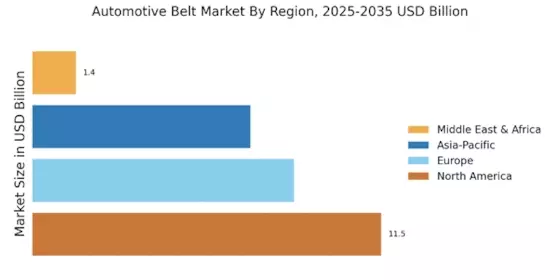
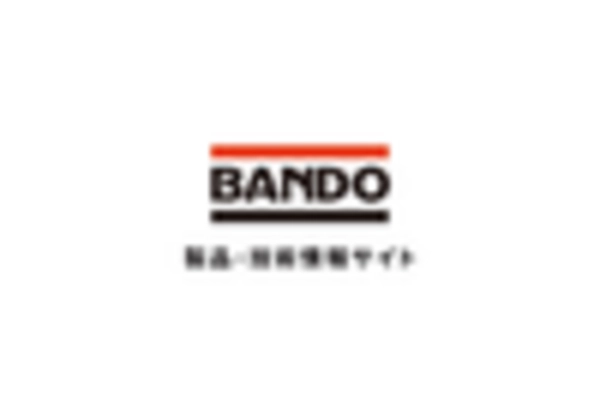

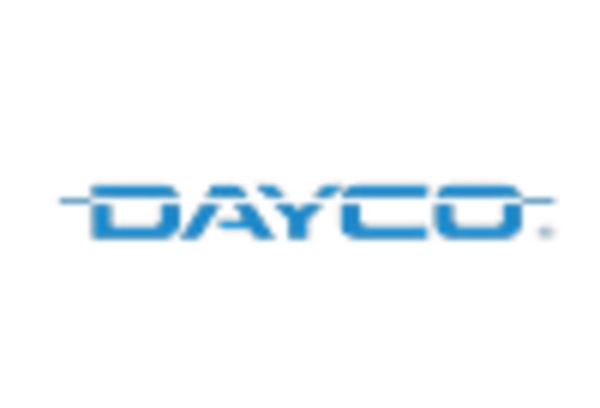
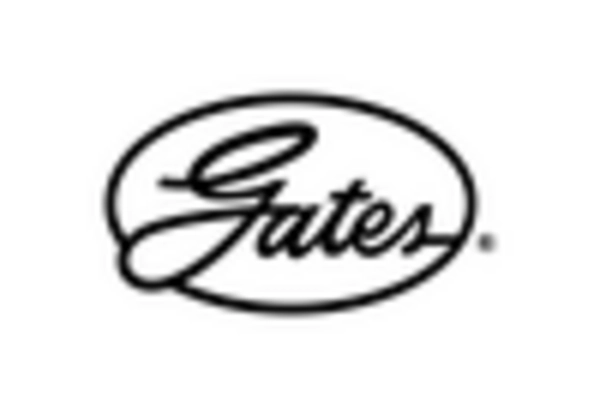
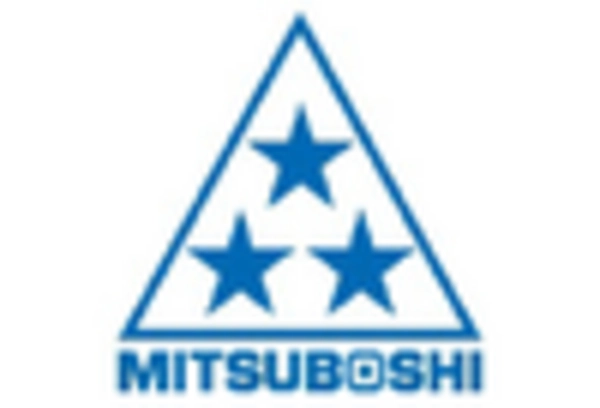
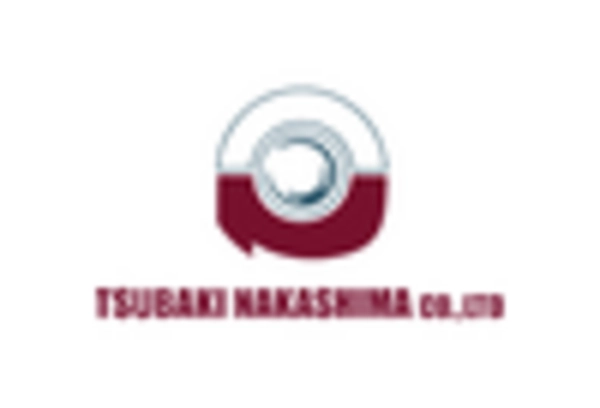








Leave a Comment